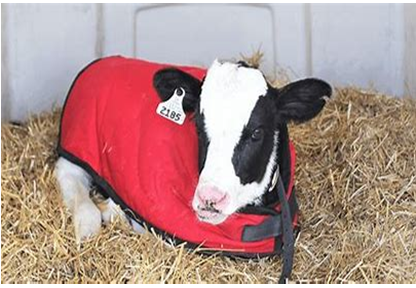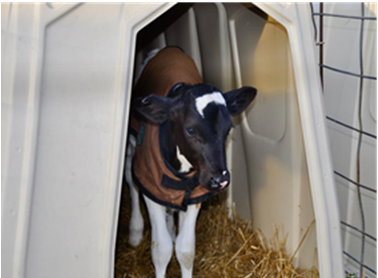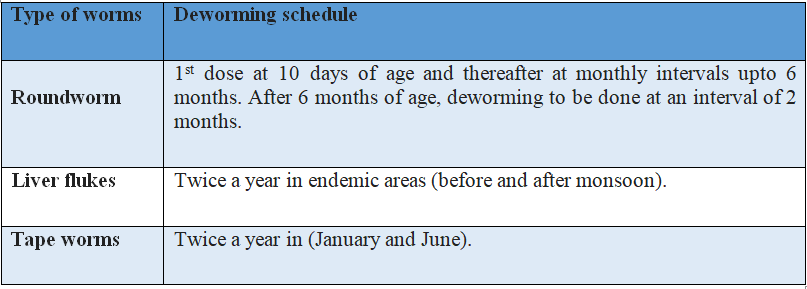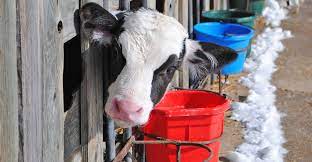Introduction
Calves are the backbone of dairy industry. Healthy calves form the basis of any successful cattle production system. An adverse interaction of infectious agents, environmental conditions and mismanagement of calves causes calf morbidity and mortality. Scientific management of calves reduces the mortality, thereby, optimizes the production potential of dairy farm. Feeding strategies of 3 Q’s principle of colostrum to the newborn, calf starter and milk replacer suffices the nutritional need and improves the body reserves and immunity against diseases. Proper managemental practices of less intensification, hygienic housing, prompt veterinary care and deworming reduces the morbidity of diseases and mortality of calves, thereby, improves the production and security of the dairy enterprise. The use of deep straw bedding and calf inflatable kayak custom nfl football jerseys jordan max aura 4 asu football jersey custom youth hockey jerseys bouncing putty egg jordan proto max 720 blundstone uomo johnny manziel jersey nike air max 90 futura inflatable kayak custom youth hockey jerseys air jordan 1 low flyease brock bowers jersey sac eastpakjackets, as well as providing extra calories during cold temperatures, will result in healthier calves and improved gains. It is time to change to winter bedding, bring out the calf jackets, and consider an extra feeding to provide calves extra protection from low temperatures.
A calf is born with only two to four percent of body weight as fat, which will not last long if she is forced to burn fat for heat production. Burning body fat for heat can lead to lower growth rates, compromised immune status, and even death. The need for straw bedding at this time of the year to provide warmth for young calves is true both in barns and in hutches. Unless the calf barn has supplemental heat, it should be well-ventilated but without drafts on the calf. It should also be within five degrees of outside temperatures, necessitating the use of straw bedding and calf jackets. Straw is the best choice of bedding to provide thermal insulation for the young calf. Straw should be bedded deep enough for the calf to nestle in. This traps warm air around the calf, which will help maintain body heat. For winter months, the straw should be deep enough that when the calf is lying down its legs are generally not visible. A drawback to straw is that it tends to hold moisture, so it is important to add fresh bedding regularly and consider a layer of shavings underneath the straw to draw the moisture away from the calf. Moisture exceeding 20 percent is too high. Calf jackets are another way to protect calves from losing excess body heat. The more heat a calf loses to the environment, the more calories need to be consumed in order for the calf to stay warm. The use of deep straw bedding and calf jackets during low temperatures will help young calves stay warm, resulting in improved average daily gains and immune status.


Thumb rule
For every 10 degrees Fahrenheit below freezing (32 F), the calf should get 10 percent more milk to meet its needs. This means that if it is 0 F outside, the calf should consume 32 percent more milk. If you normally feed 3 quarts twice a day, then adding a third feeding of at least 1.9 quarts would best meet the calves’ needs. You can add more volume to the two current feedings (feed 4 quarts at each feeding), however the calf would benefit most from a separate feeding even if the feedings are spread equally throughout the day. Be careful in adding extra powder to the same volume of feeding, as too high of solids (18 percent and above) will cause diarrhea. Also, avoid adding extra fat to the milk which can depress starter intake, potentially decreasing overall caloric intake. When caring for calves in cold climates, the use of deep straw bedding, calf jackets, and providing extra calories during cold temperatures is necessary and will result in healthier calves and improved gains.
Caring of calves during harsh period
For better health and improved immunity, 0 to 3month old calf should be treated with special care. Extra attention has to be given as this age is very critical for animals for suspecting diseases.
- Calf shelter should be covered with guinea bag or polythene for preventing passing of cold air.
- 0 to 3 months old claves should be treated with special care like providing heat in the shelter. For this purpose, 200W bulb can be used.
- Room heater should be placed for preventing extreme cold stress.
- Luke warm feed and water should be provided.
- Calf should be with the dam for a quality time or getting warmness.
- Providing adequate amount of colostrum and milk to young animals.
- Floor of the shelter should be clean twice a day for preventing spreading of disease.
- Bedding of the animas should be clean and dry by using saw dust, straws, rice husk etc.
- Proper management of drainage system for urine and other secretions, as wet floor may lead to many health problems like diarrhea, fever, coccidiosis, chronic cough etc. which may lead to death.
- Dewormed of the young animals.
- Provide one to two hours of exercise in the bright sunlight for boost immunity.
SPECIAL CARE OF CALVES IN WINTERS
Blankets are most useful for calves less than 3 weeks of age that are not yet eating grain. Warm blankets should not be so hot that they cause skin burns or sweating during the day. Prevention of the radiant heat loss. Thick, dry straw or sawdust at resting area should be provided for better insulation. Wind drafts must be avoided because they encourage heat loss. Young dairy calves have very little stored fat they can use for warmth. To cope with cold stress by feed with extra energy should be provided. Additional amount of feed (starter, milk replacer, or milk) that a calf would need to eat to compensate for extra energy used to keep warm during cold weather. Calves less than 3 weeks of age increases the amount of milk or milk replacer to provided extra energy. Repeated changes in the calf’s diet should not be done. Calves that are eating starter, especially those over 3 weeks of age have a lower LCT and can more easily cover their increased energy needs by voluntarily eating more grain is beneficial in terms of generating heat. In cold weather, provision of warm water three times per day for a minimum of 30 minutes each time in order to ensure calves have ample opportunity to drink.
Deworming schedule

Vaccination schedule


Dr. Anil Kumar
M.V. Sc Scholar, Department of Livestock Production Management
Rajasthan University of Veterinary and Animal Sciences, Bikaner (Rajasthan)*Corresponding author: anilbakolia33@gmail.com















